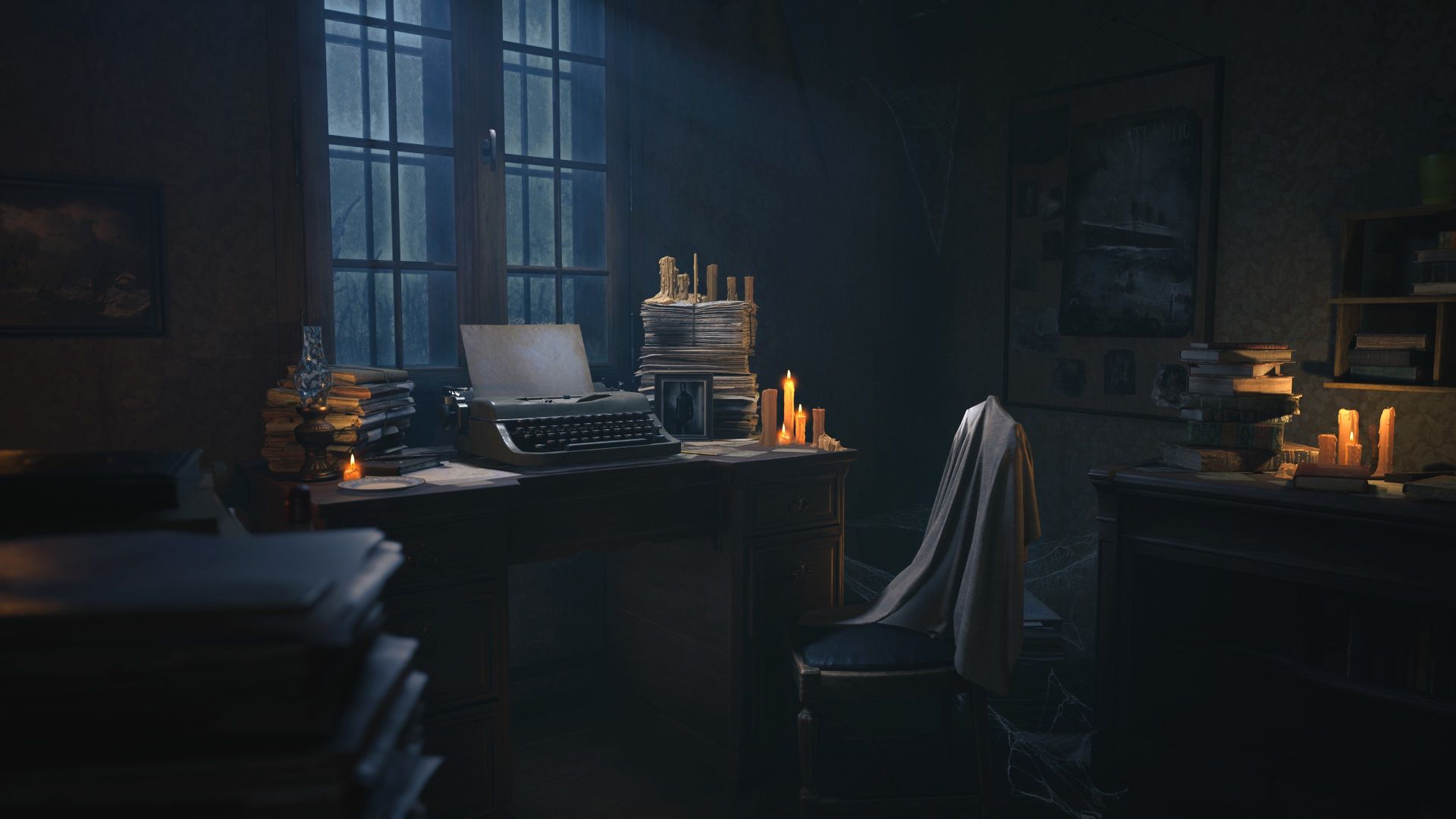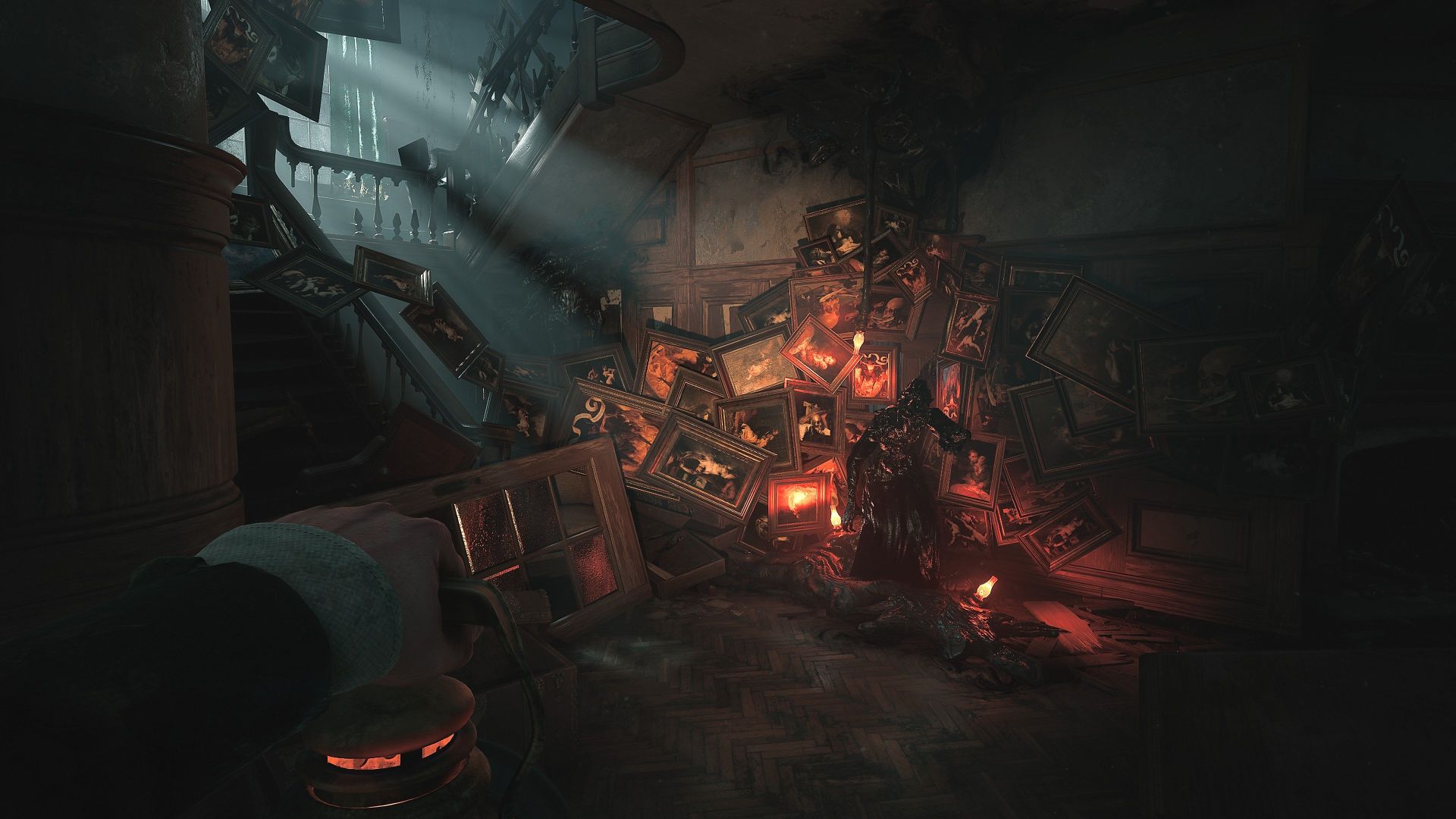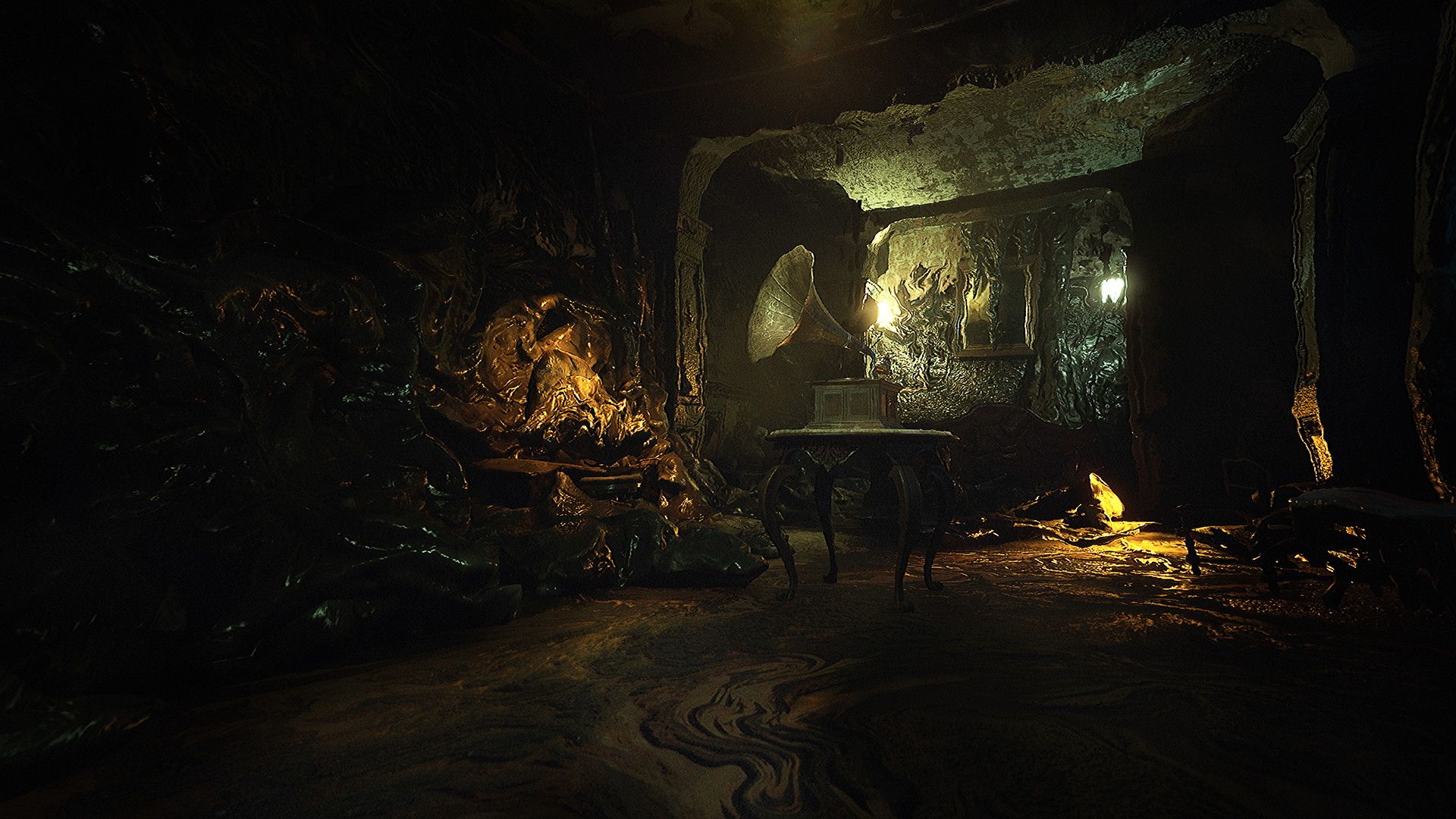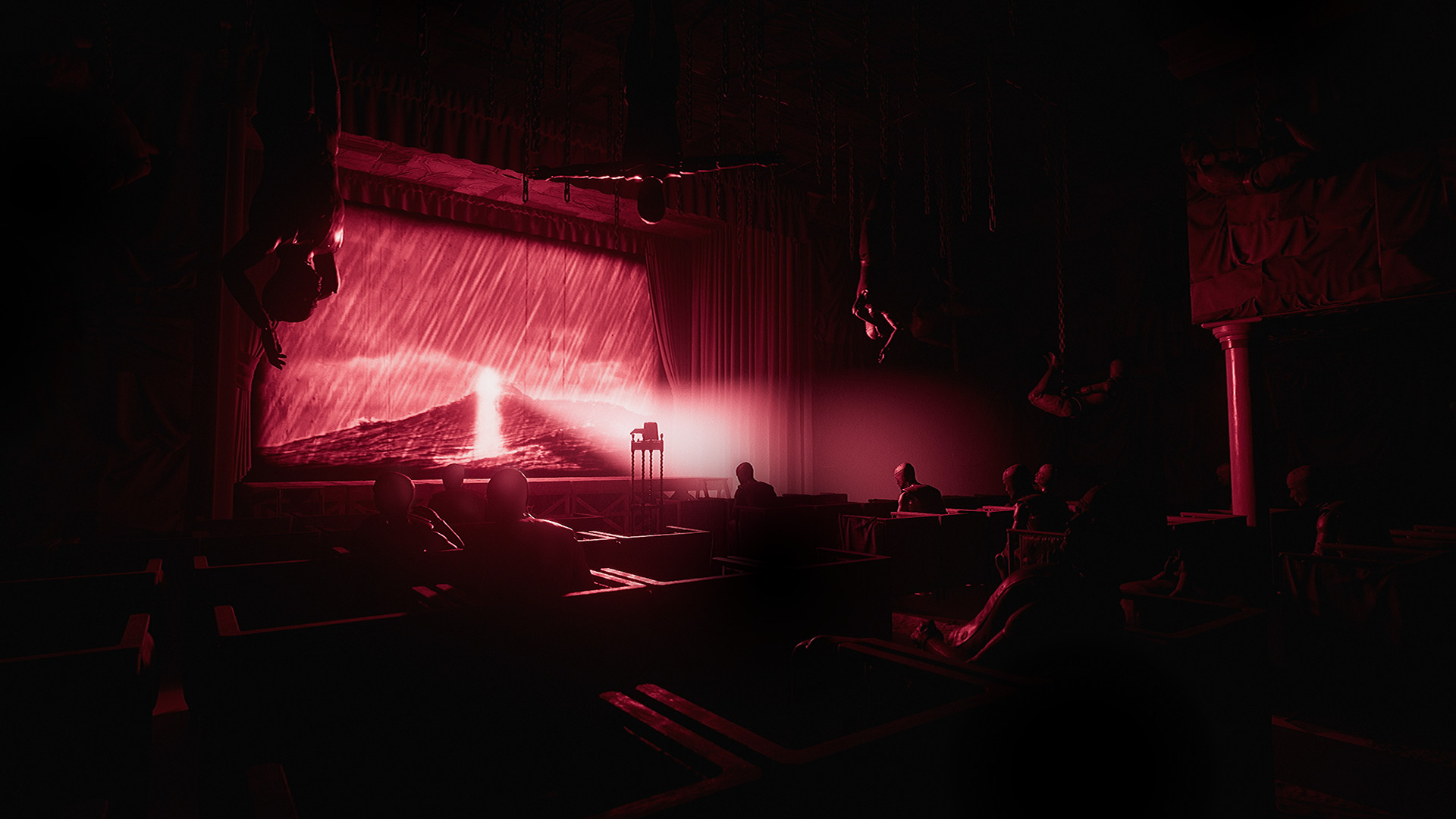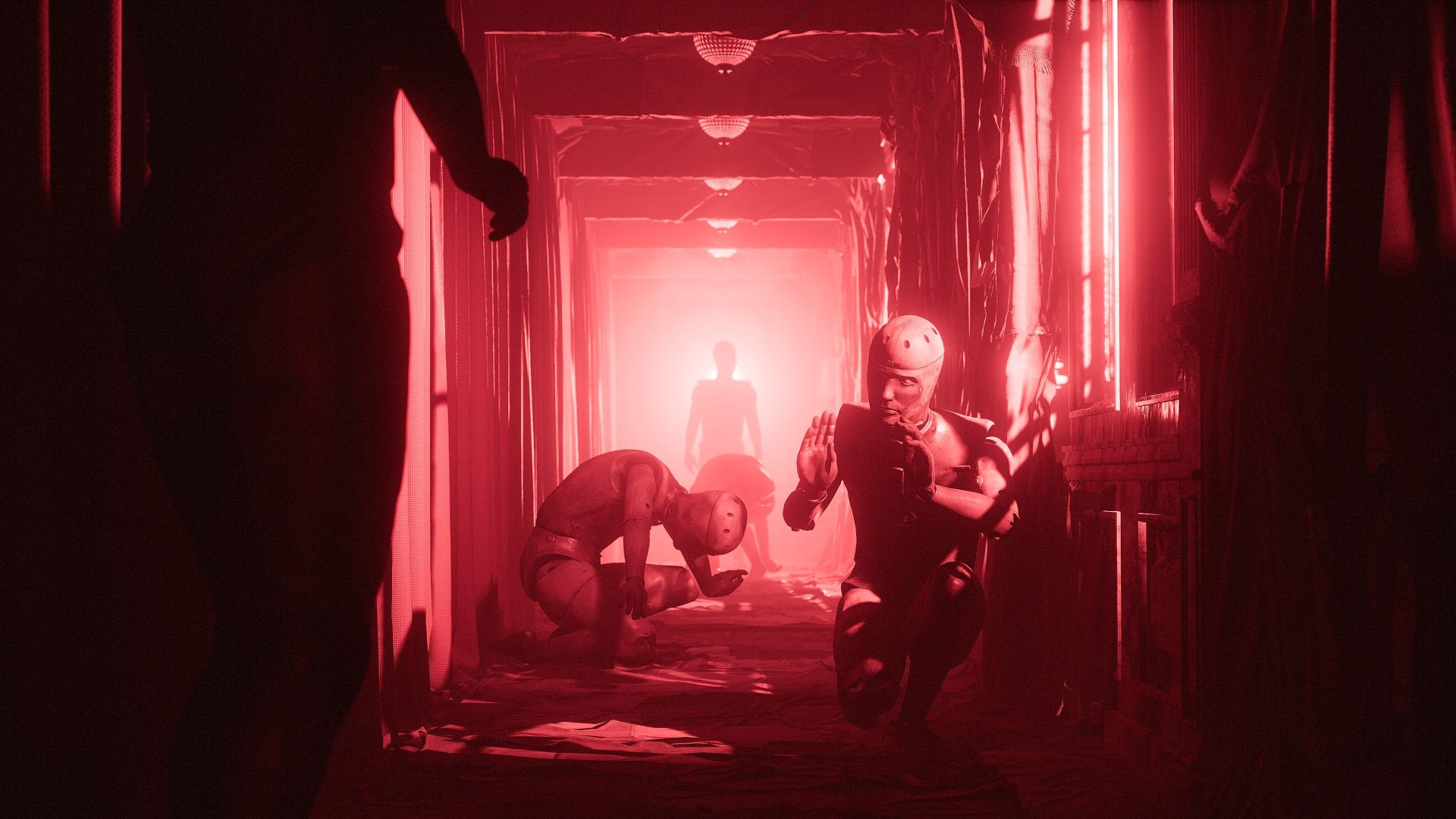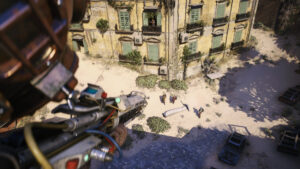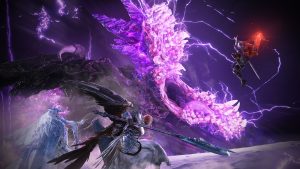
Silent Hill is back with Bloober Team working on a remake of the critically acclaimed Silent Hill 2. How that will ultimately pan out remains to be seen, but it’s looking gorgeous. It’s also working on a new survival horror IP published by Private Division, which isn’t out until 2025, but maybe we’ll see an announcement before the year is out.
In the meantime, Bloober Team, along with Anshar Studios, has…Layers of Fear. You’re probably wondering if this is the same as the 2016 first-person psychological horror title, which brought more attention to Bloober Team’s potential (for better or worse). With a release date of June 15th, what can fans expect? What are some differences between it and the first game in the series? Here are 11 of the biggest changes you should know about.
Includes Layers of Fear 1 and 2
Contrary to belief, this isn’t just a remake of 2016’s Layers of Fear. It includes remade versions of Layers of Fear 1 with its Inheritance DLC and Layers of Fear 2. The first game stars the Artist, who ventures through a mansion in the Victorian era to complete his masterpiece and slowly loses his grip on reality. The Inheritance DLC is from the perspective of his daughter, who attempts to make sense of her father’s madness.
Layers of Fear 2 stars the Actor on an ocean liner, following the instructions of the mysterious Director. As you explore the vessel, acting out your part, things aren’t as they seem, and more horrors become apparent. So essentially, you’re getting two games (and some DLC) for the price of one. Sort of.
The Writer and The Lighthouse
Is Layers of Fear just a compilation of the first two games with improved visuals? Well, yes, but there is something deeper going on with the story.
When the game starts, you play as The Writer, who ventures to a strange and decrepit Lighthouse, hints of a troubled past following her. A mysterious benefactor that insists she writes as soon as she arrives is behind the accommodation. As she explores the Lighthouse, The Writer discovers a portrait, one that briefly transforms into The Rat Queen (who appeared in both games). How does everything tie together? It seems the key lies with The Writer.
New Mechanics
Gameplay-wise, Bloober Team promises more interactivity and brand-new mechanics while ensuring that the stories “blend seamlessly.” One such mechanic is a new lamp in the first Layers of Fear. As seen in the recent demo, it can burn away shadowy parts of the environment and even stun the ghostly visage of his wife long enough to get away. What new mechanics the sequel will offer remain to be seen.
The Final Note DLC
Along with The Lighthouse, the most intriguing new piece of content is The Final Note DLC. It features the Artist’s Wife as the protagonist and provides more information on the family and how she became his muse. The developer says it may “change” how players see the first game’s characters, so take that as you will, but there’s also the question of how her story ties into The Lighthouse and The Writer.
Exclusive to Current-Gen Platforms
While it’s easy to dismiss this as a cash grab, recycling old content and sprinkling in some new stuff for the sake of a new game, viewing Layers of Fear as a series remake isn’t all that bad. The first two games are only available on PC, Xbox One, PS4 and Nintendo Switch. Meanwhile, the 2023 title is exclusive to Xbox Series X/S, PS5 and PC (sorry, Switch players). If you’ve ever wanted to experience either game in 4K, it’s certainly an attractive option.
DualSense Support
That current-gen console exclusively also comes in handy on PlayStation 5. According to WCCF Tech’s preview, Layers of Fear supports haptic feedback on DualSense. How exactly it’s used and whether the PC version will get the same DualSense support is unknown. Still, score a point for PlayStation owners.
Ray Tracing, HDR and Niagara Effects
In addition to 4K resolution support, Layers of Fear implements ray tracing and high dynamic range lighting. The fires will glow much more beautifully; the ocean waves will crash much more magnificently; and the Lighthouse will…well, it’ll be there. All jokes aside, Layers of Fear offers more detailed textures, Niagara effects for real-time particle effects and more complex transitions, providing a significant bump in visual and presentation quality over the original releases.
Unreal Engine 5
At the time, Layers of Fear (2016) was noteworthy for its visuals, especially since it was developed on Unity. However, Bloober Team began working on Unreal Engine 4 for subsequent projects, starting with Observer. Layers of Fear 2, Blair Witch and The Medium would also use the same engine. However, with Layers of Fear (2023), Bloober Team is utilizing Unreal Engine 5, which helps make all the new graphical bells and whistles possible. Given that it’s using the same engine for Silent Hill 2 Remake, it makes sense to take advantage of that experience.
Lumen
Another advantage of Unreal Engine 5 is Lumen, which offers dynamic global illumination. While Unreal Engine 4 supported screen space global illumination and even ray tracing global illumination (which wasn’t available in Layers of Fear 2), they didn’t quite gel with the engine’s other features. With Unreal Engine 5, diffused indirect lighting is available, resulting in light bouncing off surfaces and diffusing their color onto other areas.
There’s potential for limitless diffuse bounces, more natural sky lighting and shadows, and full-resolution shading for better-performing indirect lighting. Some hefty hardware is required to run all of this at the highest possible settings, and how well Bloober Team implements it all remains to be seen. Still, there should be a significant jump in fidelity.
System Requirements
So now for the big question, at least for those on PC – what hardware do you need to run all this? First, you’ll need 20 GB of installation space, DirectX 12 with Shader Model 6, and Windows 10 64-bit.
The Minimum requirements include an Intel Core-i5 4690 or AMD Ryzen 3 1200, 8 GB of RAM and an Nvidia GeForce GTX 1060 3 GB or AMD Radeon RX 580 4 GB. It delivers a measly 30 FPS at 1080p and Low settings.
Recommended requirements include Core i7 8700K or Ryzen 5 3600, 12 GB RAM and a GeForce GTX 1070 8 GB. This delivers 1080/60 FPS at High settings, so overall, not bad. However, an SSD is recommended from this point on. Those interested in ray tracing need a Core i7 9700K or Ryzen 7 3700X, 16 GB RAM and an Nvidia RTX 2070 8 GB or AMD RX 6800-XT. An SSD M.2 is also recommended, and this delivers ray tracing at high settings, 1080p and 60 FPS.
Finally, for ray tracing at 2160p/60 FPS (balanced for TSR), a Core i7 9700K or Ryzen 7 3700X, 16 GB of RAM Core i7 9700K or Ryzen 7 3700X, an RTX 3080 Ti 12 GB and an M.2 SSD is required. The kicker? These requirements are all balanced for Temporal Super Resolution or TSR, an upscaling technology for Unreal Engine that can run on any GPU. What will performance be like without it? We’ll have to wait and see, unfortunately.
Playtime
The original game offered about four hours of playtime for the story, which could go up to 10 hours for every ending. The Inheritance DLC is about three hours long for completionists. Layers of Fear 2 took about five hours to complete and required ten hours to get each ending.
Since Layers of Fear combines them and adds new content, it should result in a significantly longer experience. There’s no guarantee that it includes every scene from the previous games, and we don’t know how long The Final Note or The Lighthouse story is, so keep that in mind before jumping in.








